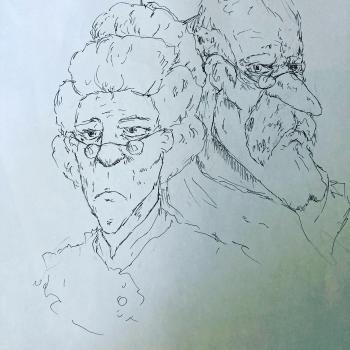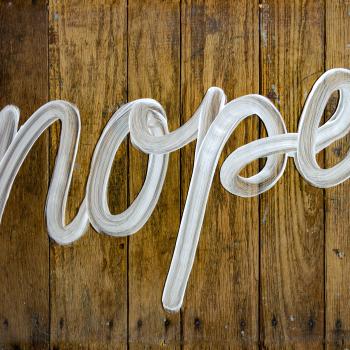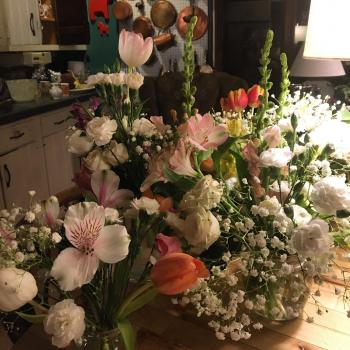I’ve been trying, slowly by slowly, to deal with the clutter that surrounds me. In the spirit of not having any plan, but just imbibing the cultural air that has made a moral good of having less stuff, I’ve been trying to arrive at a place of having a very slightly apparent less amount of stuff. Also, with a lot of us going and coming over each other, I cannot ever just not attend to the stuff in our lives or we will be buried and probably perish.
But what really was swirling round in my mind, as I was trying to throw away paper, was how sensible and charming is the new Cinderella movie. It’s not that new, I guess. It came out last year. And it’s by Disney, but it’s not animated. It has real people, gorgeously arrayed in blue and yellow and green. And what I find particularly lovely is that the intersection between Cinderella’s internal life and her external circumstances is really beautifully arranged.
I mean, Cinderella is the modern young person. She is put upon, abused, ruined by other people. She has no visible agency to cope with her surroundings in such a way that will benefit her own existence. In a culture where the victim carries the highest status, she ought to be queen.
But this new rendition of the old, very pertinent tale, charmingly subverts that meme. Actually, though abused and hurt, Cinderella does have agency. She doesn’t have it, however, by controlling her external circumstances. She has, in those immortal words, ‘inner resources”. She goes along, in every situation in which she finds herself, having courage and being kind. That refrain threads the whole movie together.
I’m thinking all this because of this clever article over at the Atlantic about the modern narrative voice of the self emerging out of Jane Eyre. We have the selfie, now, but first we had to have the self.
The selfie says many strange things about the self. The fascinating thing for me about the selfie is how it so completely externalizes the self. There isn’t really anything inside of a person of use or value, it all has to be outside, for the camera, arranged at an awkward and rarely pleasing angle. The icon of the selfie, whose use of that form says so many things I wish could be left unsaid, as far as I can tell, is Lena Dunham. No matter how hard I try to avoid it, I am always coming across selfies of herself without enough clothes on. She must have something going on in her interior. But what on earth is it? For whatever reason, the interior person is so little desired that she must force us all to look at her naked exterior.
Which I think is what minimalism is really all about, for those who follow it religiously and morally. I am not speaking about myself, or my friends, of course, who are just trying not to die of having too much stuff. I’m taking about the business of so controlling your external circumstances that the interior person is never either allowed or forced to emerge. It’s like the ordinary person’s Safe Space. Because isn’t that what a safe space is? The utter rejection of the inner self? By the self? When a person flees to a place with no bad ideas and no bad stuff, doesn’t that illumine the reality of there being very little of value internally? No one can have courage or be kind because there isn’t any courage to be had. And kindness can’t come from inside and go out, it can only be wrested from other people.
Which, I would just like to point out, is abundantly remarked upon in the scriptures. The inner life of the self isn’t abundant with resources. It is itself the source of ugliness. So fleeing to safety, or desperately arranging your stuff so that you never have to look at your broken soul, won’t work, because you, yourself, will still be there. You are the problem. Not everyone and everything else. I think Christians should fight against this kind safe externalized selfie. Just as, in some places, Christians eat pork as a sign of their freedom in Christ, Christians in the west should be free to have cluttery houses, and wear enough clothes, as a mark of the strength of the inner person made strong by Jesus.











